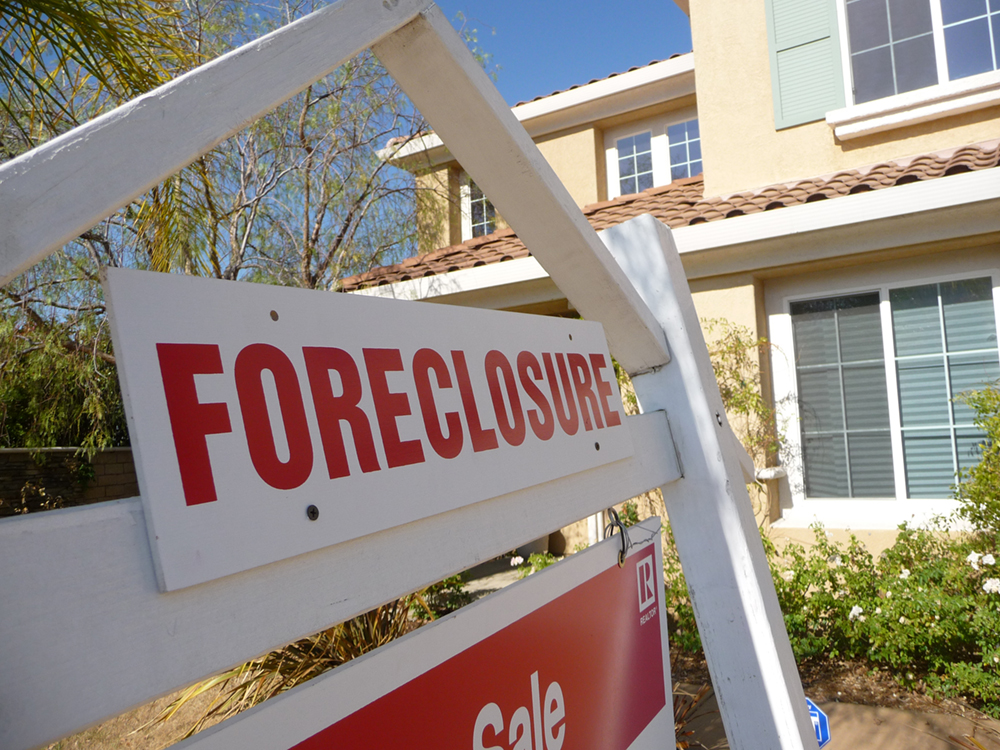| << Chapter < Page | Chapter >> Page > |
About three million homes were repossessed in the United States between 2006 and 2011. Experts predict the number could double by 2013 (Levy and Gop 2011). This is a much higher rate than the historical average. What social factors are contributing to this situation, and where might sociologists find patterns? Do Americans view debt, including mortgages, differently than in the past? What role do unemployment rates play? Might a shift in class structure be an influential factor? What about the way major economic players operate?
To answer these questions, sociologists will look beyond individual foreclosures at national trends. They will see that in recent years unemployment has been at record highs. They will observe that many lenders approved subprime mortgages with adjustable rates that started low and ballooned. They may look into whether unemployment and lending practices were different for members of different social classes, races, or genders. By analyzing the impact of these external conditions on individuals’ choices, sociologists can better explain why people make the decisions they do.

Another example of how society influences individual decisions can be seen in people’s opinions about and use of food stamps (also known as the Supplemental Nutrition Assistance Program, or SNAP benefits). Some people believe that those who receive food stamps are lazy and unmotivated. Statistics from the United States Department of Agriculture show a complex picture.
| Percent Eligible by Reason for Eligibility | |||||
|---|---|---|---|---|---|
| Living in Waiver Area | Have Not Exceeded Time Limits a | In E&T Program | Received Exemption | Total Percent Eligible for the FSP a | |
| Alabama | 29 | 62 / 72 | 0 | 1 | 73 / 80 |
| Alaska | 100 | 62 / 72 | 0 | 0 | 100 |
| California | 6 | 62 / 72 | 0 | 0 | 64 / 74 |
| District of Columbia | 100 | 62 / 72 | 0 | 0 | 100 |
| Florida | 48 | 62 / 72 | 0 | 0 | 80 / 85 |
| Mississippi | 39 | 62 / 72 | 0 | 3 | 100 |
| Wyoming | 7 | 62 / 72 | 0 | 0 | 64 / 74 |
The percentage of the population receiving food stamps is much higher in certain states than in others. Does this mean, if the stereotype above were applied, that people in some states are lazier and less motivated than those in other states? Sociologists study the economies in each state—comparing unemployment rates, food, energy costs, and other factors—to explain differences in social issues like this.
To identify social trends, sociologists also study how people use food stamps and how people react to their use. Research has found that for many people from all classes, there is a strong stigma attached to the use of food stamps. This stigma can prevent people who qualify for this type of assistance from using food stamps. According to Hanson and Gundersen (2002), how strongly this stigma is felt is linked to the general economic climate. This illustrates how sociologists observe a pattern in society.

Notification Switch
Would you like to follow the 'Introduction to sociology' conversation and receive update notifications?